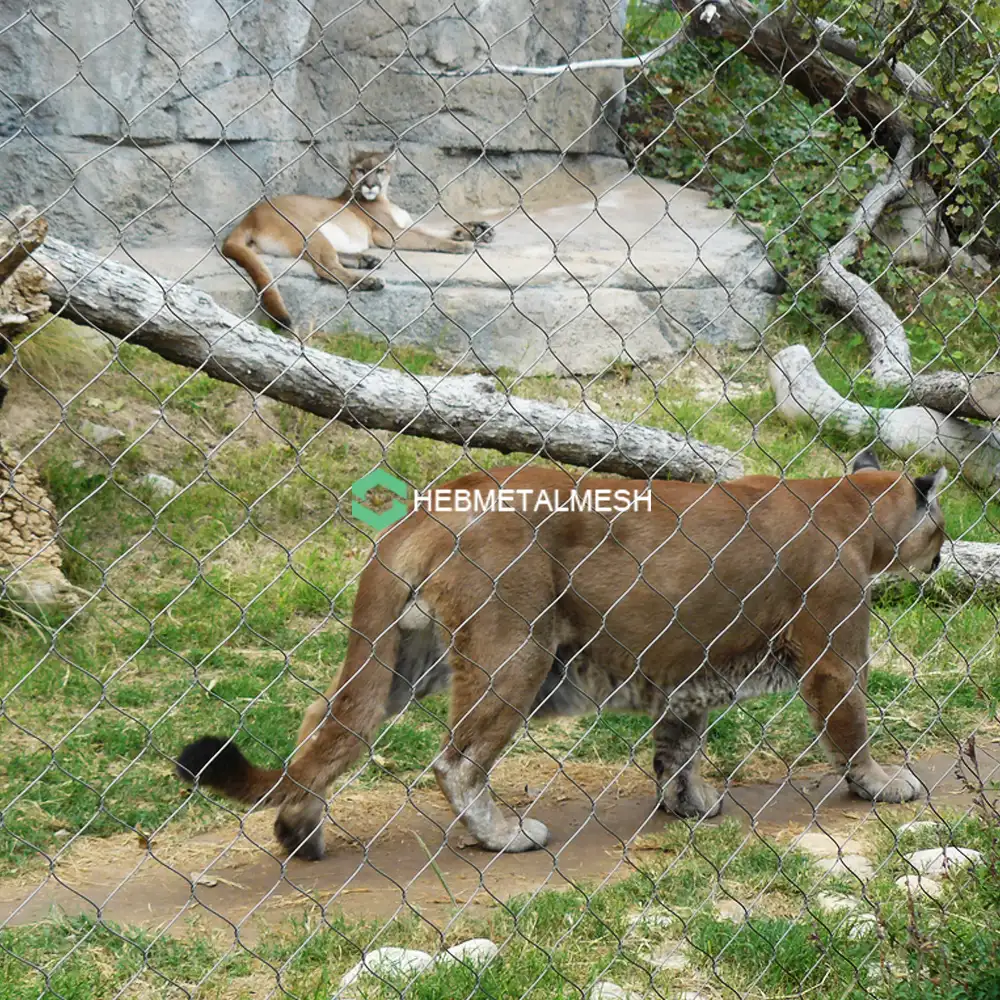
Zoos and animal sanctuaries have a responsibility to provide their animal residents with safe, stimulating, and enriching environments. Outdoor animal enclosures are an essential part of this, as they allow animals to express their natural behaviors and experience the world around them in a way that is not possible in captivity.
What makes an outdoor animal enclosure a paradise?
A well-designed outdoor animal enclosure should provide animals with the following:
- Safe and secure housing: The enclosure should be escape-proof and provide protection from the elements.
- Spaciousness: The enclosure should be large enough for animals to move around freely.
- Natural features: The enclosure should include natural features such as trees, rocks, and water.
- Opportunities for exercise: The enclosure should provide opportunities for animals to exercise and play.
- Enrichment: The enclosure should include enrichment items such as toys, puzzles, and food dispensers.
Specific facilities and features that can be included in outdoor animal enclosures are:
- Natural substrates: Natural substrates such as dirt, sand, and grass provide animals with a more stimulating environment than concrete or asphalt.
- Hiding places: Hiding places are important for animals to feel safe and secure.
- Climbing structures: Climbing structures provide animals with exercise and mental stimulation.
- Water features: Water features are important for animals to drink and bathe in.
- Feeding stations: Feeding stations can be used to provide animals with a variety of food sources.
- Live plants: Live plants provide animals with shade, shelter, and food.
- Sensory enrichment: Sensory enrichment items such as scents, sounds, and textures can help to stimulate animals’ senses.
In addition to the physical features of the enclosure, it is also important to consider the following factors:
- The animal’s natural history: The enclosure should be designed to mimic the animal’s natural habitat as much as possible.
- The animal’s social needs: Animals that are social should be housed in groups.
- The animal’s dietary needs: The enclosure should provide the animal with access to a variety of food sources.
- The animal’s health: The enclosure should be designed to minimize the risk of injury or illness.
Creating an outdoor animal enclosure that is a paradise for animals is a challenging task, but it is also a rewarding one. By carefully considering the animal’s needs and providing them with a stimulating and enriching environment, we can help to ensure that they live happy, healthy lives.
Additional tips for creating a paradise for animals:
- Get creative: There are no hard and fast rules when it comes to designing outdoor animal enclosures. Get creative and come up with ideas that will make your animals happy and healthy.
- Do your research: Learn as much as you can about the animals you are housing so that you can create an enclosure that meets their specific needs.
- Seek expert advice: If you are not sure where to start, consult with an expert on animal welfare or enclosure design.
- Be patient: It takes time to create a truly successful outdoor animal enclosure. Be patient and keep making changes until you are satisfied with the results.
Remember, the goal is to create an environment where animals can thrive. By providing them with a safe, stimulating, and enriching place to live, we can help them to live long, happy, and healthy lives.

